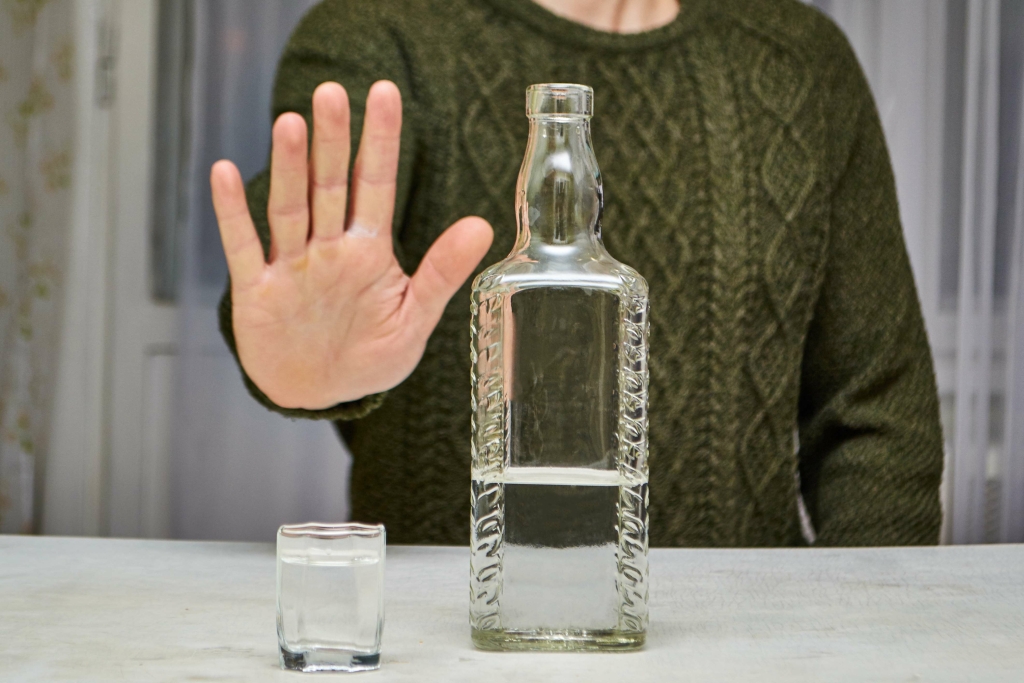Halfway houses, also known as sober re-entry programs, tend to be more structured. Other times, they function as a more intensive residential facility, meaning that there is consistent recovery programming, requirements, and staff present in the house. To support persons in recovery by improving their access to safe, stable residences with peer and community support.

Sober Living Homes

While living in a recovery residence, individuals are encouraged to find work, study, or participate in volunteer opportunities. This enables residents to accept responsibility for themselves and their future and establish a daily routine and purpose. Life skills training is often implemented https://yourpayasyougowebsite.com/bloomberg-buys-businessweek-from-mcgraw.html and includes how to manage money, time, motivation, relationships, stress, and other factors more effectively. These skills will enable someone to function well in society when they leave the facility. Remember, the journey to sobriety doesn’t end once you leave the sober living home.
SUPPORTIVE CARE
A halfway house is commonly known as a type of recovery housing that helps people in incarceration transition from addiction treatment to a more independent, healthy lifestyle. These supportive services are tailored to the specific needs of each resident, recognizing that everyone’s journey to sobriety is unique. They ensure that residents have the tools and knowledge required to overcome challenges https://remington-nursing.info/long-term-sober-living-at-halfway-house/ and build a sustainable life in recovery. The gradual transition minimizes the risk of relapse, a common concern during the early stages of recovery when individuals may encounter triggers and temptations outside the safety of a sober living home. It offers residents the opportunity to develop the resilience and coping strategies necessary to navigate the real world successfully.
Inpatient Drug and Alcohol Rehab: Definition, Treatment Options and More

Once your submission is completed, we will fax or email a proof for review prior to publication in the newspaper. “I think that sobriety can offer amazing gifts and just starting from a place that looks nice is going to help with that,” said Suter. The house also has some of the most interesting wallpaper you’ve ever seen, including entire walls covered in Little Orphan Annie cartoons.
- Numerous studies have shown that most people who live in sober homes after attending treatment have low rates of relapse and are able to live productive lives.
- Share success stories, tour a facility together, and emphasize the supportive community aspect of sober living.
- Proven effective in reducing the chance of relapse, sober homes are a collaborative and supportive environment to transition back to everyday life.
- You have the freedom to come and go as long as you follow the curfew, unlike in residential treatment.
So if you’re ready to take that brave step toward sobriety, know that sober living homes are ready to welcome you with open arms and a path forward. Sober living homes are http://arsaman.ru/news/toni_adams_pochemu_venger_ne_vzjal_by_menja_v_svoi_pomoshhniki/2017-05-19-11990 transitional living spaces for individuals recovering from drug and alcohol addiction. These homes serve as a bridge between an inpatient facility and the real world.
WHAT ARE THE BENEFITS OF SOBER LIVING?
- We created this guide to explain the options for sober living homes, and to help you decide if they are right for you.
- Sober living homes are structured, safe and substance-free living environments for individuals in recovery.
- Sober living homes encourage connections with peers who share your commitment to recovery.
- Both sober living homes and halfway houses support people recovering from substance use disorders.
(1 of : Heat Advisory from MON 12:00 PM CDT until MON 8:00 PM CDT
- Many sober living homes are not government-funded and are self-supporting or operated by charities or addiction treatment centers.
- This peer support system encourages open dialogue, sharing of experiences, and mutual encouragement, creating a network of support that’s invaluable during recovery.
- They first came into existence when a group of active participants in the Alcoholics Anonymous group created a “12-step” residence.

No comment